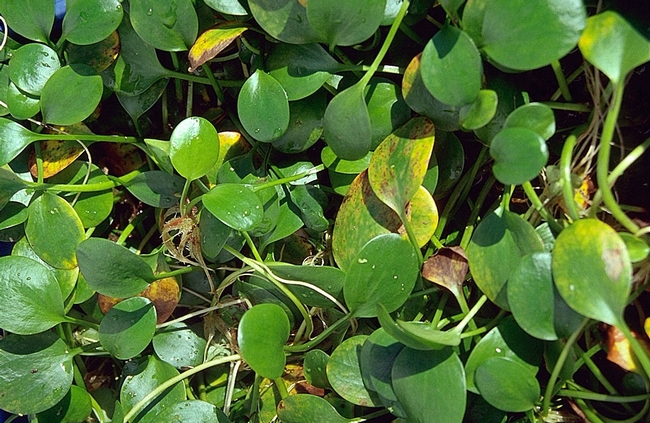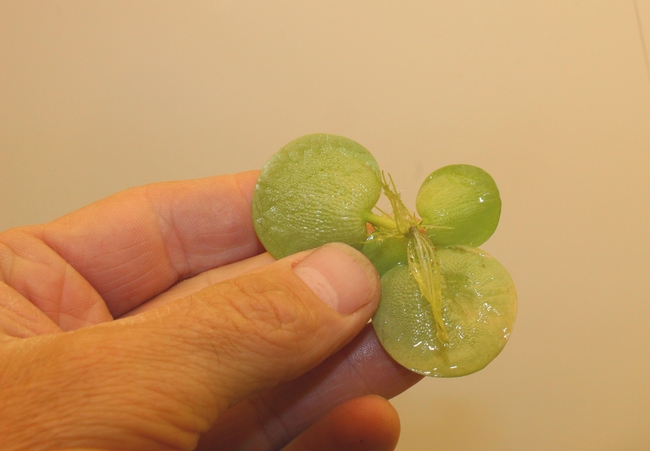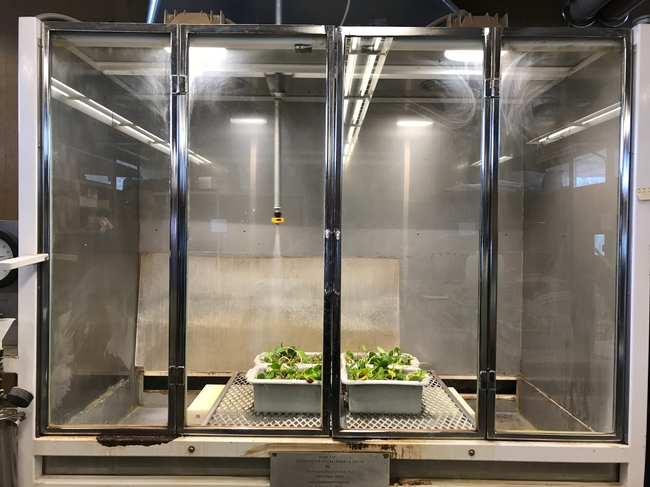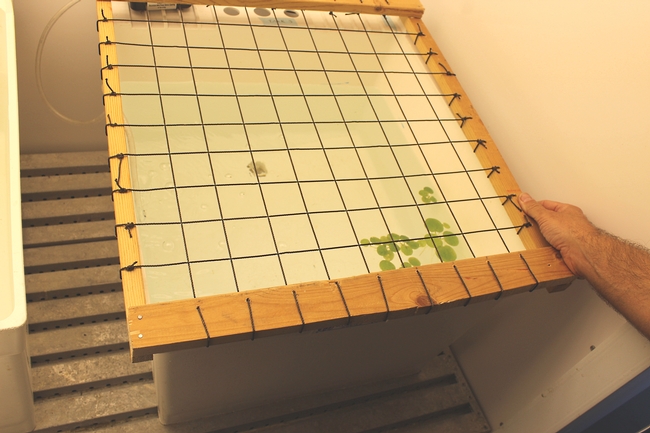Photo 1. Spongeplant growing on the water surface. Photo by J.M. DiTomaso.
Photo 3 is from a trial measuring the spread of South American spongeplant over the water surface at different water temperatures in the laboratory. This will help us to predict the timing of growth in the field, which will inform management decisions.
Photo 4 shows a spray chamber application of herbicide to South American spongeplant, part of a small-scale screening trial to measure efficacy of different herbicides on this species. We hope to use these results to scale up to a field trial next season.
This is a project with the John Madsen aquatic weeds lab with USDA-ARS Invasive Species and Pollinator Health Unit.
Photo 2. South American spongeplant's floating leaves. Photo by John Miskella.
Photo 3. Laboratory evaluation of South American spongeplant growth characteristics. Photo by John Miskella.
Photo 4. South American spongeplant herbicide treatment in the spray chamber. Photo by Rui Adachi.



